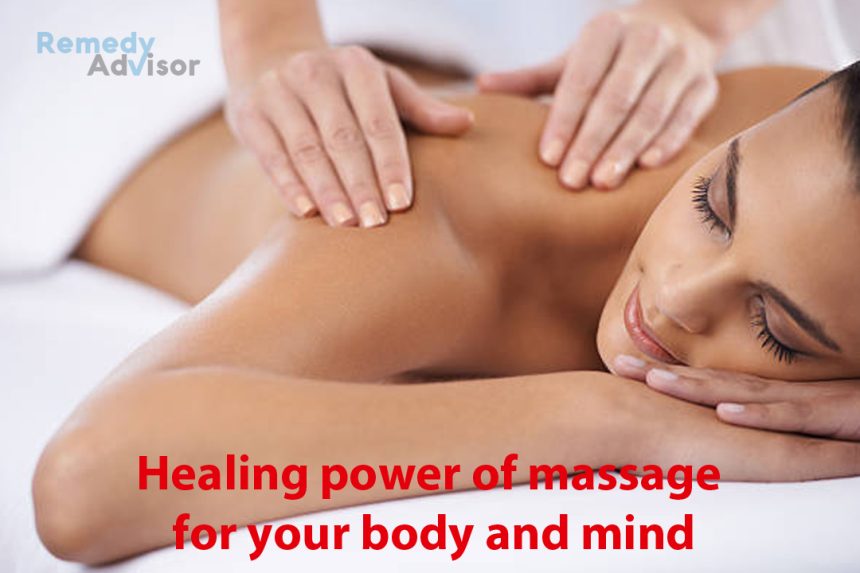Getting a massage can be a very relaxing thing to do, and it can also be good for your health in many ways. One of these benefits might be a drop in blood pressure, but this is not a sure thing. This is because different studies have shown different things about how massage therapy can help with high blood pressure. The type of massage a person gets may also make a difference. There are about 80 different types of massage therapy, each with its own pressures, techniques, and movements, so it’s not possible to think about them all. Instead, we’ll talk about just a few of the most common types of massages.
Types of Massage
Even though there are many ways to massage, they all have some things in common. Most of the time, they involve putting pressure on muscles and soft tissues, moving them, or rubbing them with the hands, fingers, elbows, feet, or forearms. Swedish massage is the most common type of massage in the United States. People with high blood pressure can benefit from this type of massage.
Swedish massage uses five different strokes that can be done with light to firm pressure, usually with the hands or fingers: petrissage (kneading), effeurage (gliding), tapotement (tapping with cupped hands), friction, and vibration. This method only works on the top layers of muscles and tissues. It doesn’t use deep or invasive methods that might hurt or be uncomfortable. Swedish massage is meant to ease tension, give you more energy, and make your blood flow better. It has also been shown to lower blood pressure in people who have prehypertension or high blood pressure.
Researchers at the National University of Health Sciences in Illinois used different massage techniques to help 150 adults whose blood pressure was lower than 150/95 mmHg. Other types of massage, like trigger point, craniosacral, deep tissue, and sports massage, did not affect blood pressure, though. Swedish massage was the most effective at lowering blood pressure. Trigger point therapy and sports massage, on the other hand, raised systolic blood pressure. It’s important to know that most massage techniques, with the exception of Swedish massage, use more pressure and are often used to treat specific conditions like sports injuries, fibromyalgia, headaches, or back pain. So, they might make you feel bad, which could be one reason why your blood pressure is going up. Also, a person’s blood pressure may go up if they are worried about feeling pain because they are stressed.
Benefits of Massage: Studies
If you are looking for a way to relax, a massage might be a good choice. However, if you have high blood pressure, you should talk to your doctor first. Researchers at Isfahan University of Medical Sciences looked at fifty women with prehypertension. They were split into two groups: one group got ten to fifteen minutes of Swedish massage three times a week for ten sessions, and the other group was the control. The people in the massage group had much lower systolic and diastolic blood pressure than the people in the control group.
Another study looked at African-American women, since hypertension is common in this group. In this study, both the systolic and diastolic blood pressures of women who got therapeutic chair massages went down by a lot. For a chair massage, you sit in a special cushioned chair and lean forward, putting your head on a cushioned rest. Because they are easy to use and move around, these types of massages are often used at trade shows, clinics, and in business settings.
How and Where to Get a Massage
You don’t have to pay for a massage to feel better about your blood pressure. Instead, you can take a class taught by a professional or watch instructional DVDs or videos that you can find online or buy. Some places even have massage classes for couples, so you and your spouse or partner can both learn from a professional.
If you’d rather go to a professional massage therapist, you can ask your doctor for a recommendation or check with local schools of physical therapy or massage. Make sure the therapist you choose has worked with people who have high blood pressure before. Students at massage schools often work for less money while being supervised.







